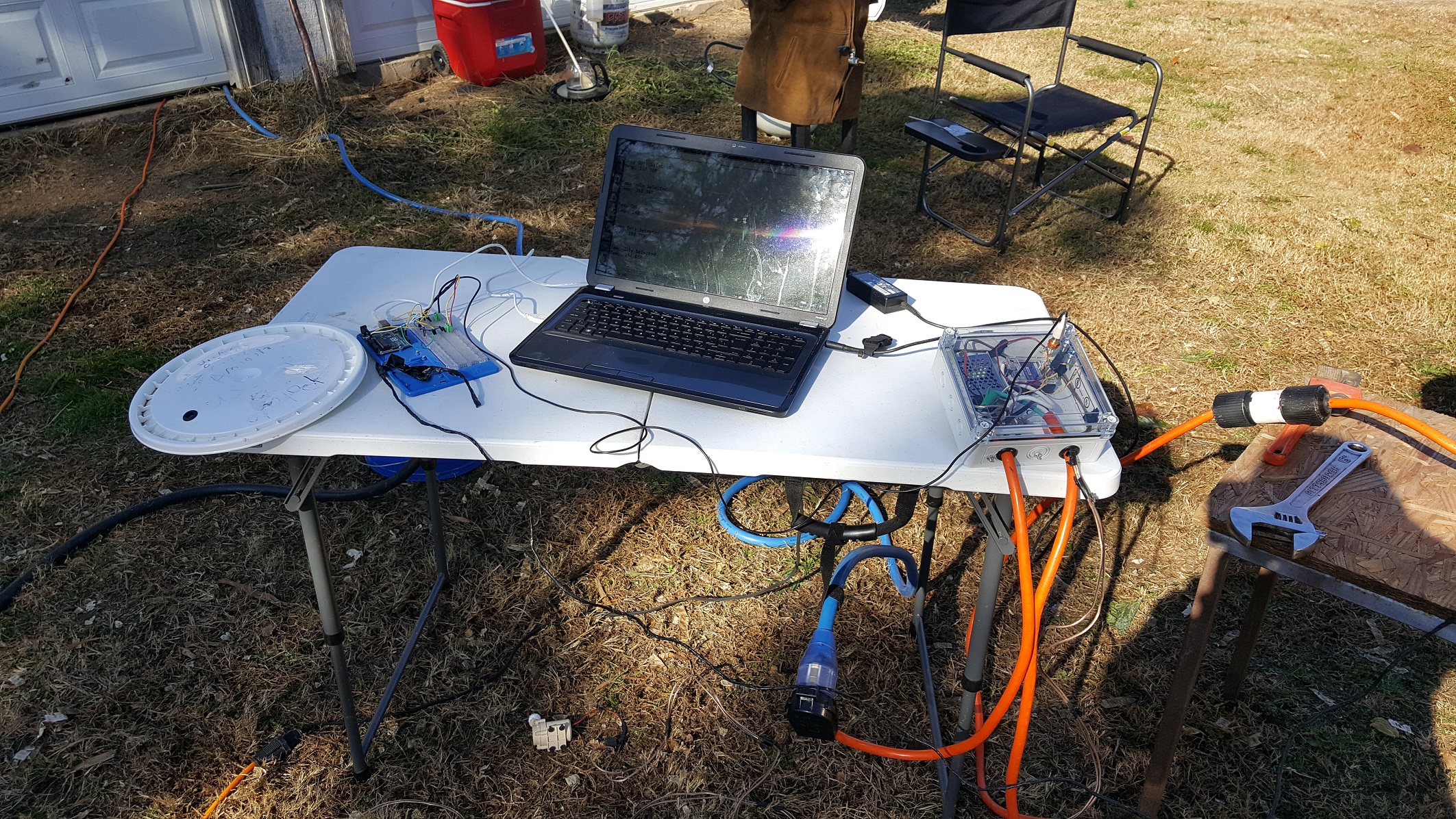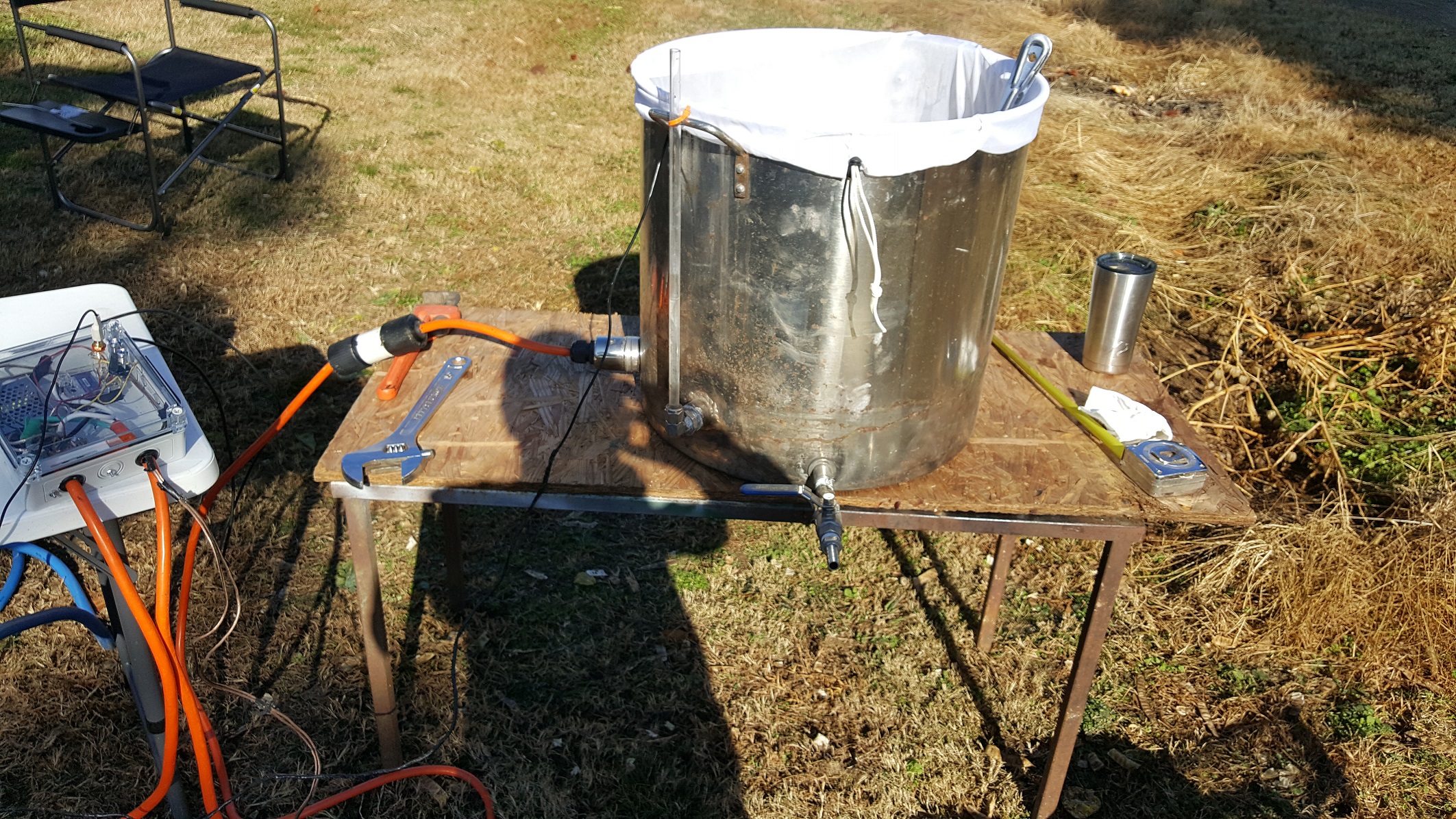Brian Dempsey
Member
- Joined
- Nov 12, 2018
- Messages
- 12
- Reaction score
- 0
I know this question has been asked and answer I dont know how many times, but im still new to the site and challenged to make a decision. I have out grown my kitchen and my partial extract brews (and my wife is kicking me out of it, considering we just had our 4th kid). So, i am using this to upgrade to 10 gallon and all grain batchs. The decision i just am having a hard time making is:
1. Go propane, with a 200k BTU burner or
2. Go Electric, with a 5.5K watt element (240, 30a)
Cost is a factor for me here, not the time to DIY this myself. Also, time to heat up is a factor. I will be using my boil kettle to heat my strike water (using coolers as my mash and HLT).
1. Why i like propane, cheaper then the whole electric route initially. But i know wind/weather can be a factor. Also, not liking the whole having to keep filling tanks. I am also limited on where i can brew it (like not in a enclosed garage where i will probable be).
2. Why i like electric, i can brew where ever i place the 240 line (most likely in my garage because i do not want to run that line thought a wall and ceiling into the basement). i like the control to a strike temp and holding it. i dont like it, because its going to cost me 3/4 times the amount up front to install everything and out fit my kettle with a element (i will be doing this myself).
3. Now, assume i go the electric route, not sure of the PID/PWD/RasberryPi decision i want to make. I know one is huge for automation (i have a pi and screen not being used right now, so no cost for that) one gives me future expanstion on a automated HLT, and one is just boil and then turn down the power. but give this is my boil kettle........
Whats in my head, given its the cost that is driving alot of this (just had a 4th kid and xmas is right around the corner). was propane given it will cost me around 100$, compared to 300-400$ (not including what would cost for the punch out to put the element in) depending on which controlling route i go. but everyone i talk to says given the money and the time for a DIY, they would have gone the electric route
Any and all opinions are welcome. Just stuck ....
Gimp
1. Go propane, with a 200k BTU burner or
2. Go Electric, with a 5.5K watt element (240, 30a)
Cost is a factor for me here, not the time to DIY this myself. Also, time to heat up is a factor. I will be using my boil kettle to heat my strike water (using coolers as my mash and HLT).
1. Why i like propane, cheaper then the whole electric route initially. But i know wind/weather can be a factor. Also, not liking the whole having to keep filling tanks. I am also limited on where i can brew it (like not in a enclosed garage where i will probable be).
2. Why i like electric, i can brew where ever i place the 240 line (most likely in my garage because i do not want to run that line thought a wall and ceiling into the basement). i like the control to a strike temp and holding it. i dont like it, because its going to cost me 3/4 times the amount up front to install everything and out fit my kettle with a element (i will be doing this myself).
3. Now, assume i go the electric route, not sure of the PID/PWD/RasberryPi decision i want to make. I know one is huge for automation (i have a pi and screen not being used right now, so no cost for that) one gives me future expanstion on a automated HLT, and one is just boil and then turn down the power. but give this is my boil kettle........
Whats in my head, given its the cost that is driving alot of this (just had a 4th kid and xmas is right around the corner). was propane given it will cost me around 100$, compared to 300-400$ (not including what would cost for the punch out to put the element in) depending on which controlling route i go. but everyone i talk to says given the money and the time for a DIY, they would have gone the electric route
Any and all opinions are welcome. Just stuck ....
Gimp











![Craft A Brew - Safale BE-256 Yeast - Fermentis - Belgian Ale Dry Yeast - For Belgian & Strong Ales - Ingredients for Home Brewing - Beer Making Supplies - [3 Pack]](https://m.media-amazon.com/images/I/51bcKEwQmWL._SL500_.jpg)
















































